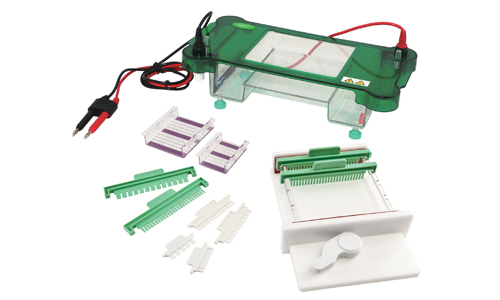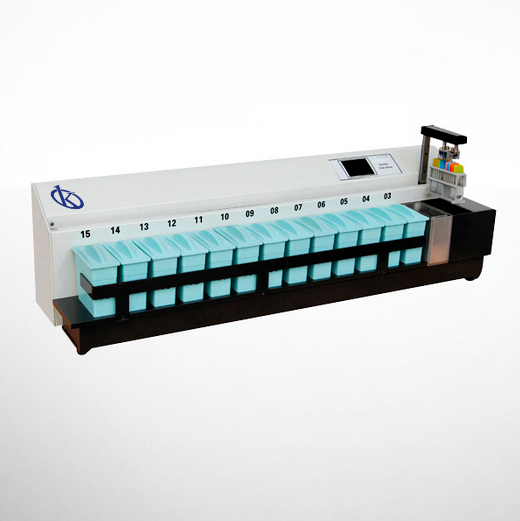Darkfield microscopy is a type of optical microscope used in certain types of laboratories. It has the same characteristics as any composite microscope, except that it undergoes modification in the condenser before light reaches the sample. This type of microscope allows the contrast level to be increased, so it is possible to observe certain characteristics that with light-field microscopy would be impossible.
Darkfield microscopy is ideal when you want to reveal edges or contours, it is perfect for observing microorganisms such as diatoms, unstained bacteria, bones, fibers, hair, protozoa and tissue, among others. Non-biological samples such as crystals, colloidal particles, powders, ceramics and thin sections of polymers can also be observed.
Operation of a dark field microscope
In darkfield microscopy, there are two types of illumination on which it is based, trans-illumination and epi-illumination, the use of these depends on what you want to highlight, for example, if you want to observe thin particles or if it is necessary to appreciate the edge of what is observed in the sample. Both types are explained below:
- Transillumination: is based on blocking the rays of light before they reach the condenser, for this use of some device that prevents the passage. With this type of illumination, very thin structures or particles can be observed. Relatively bright images will be obtained that stand out against a black background.
- Epi-illumination: In this case it is necessary that the microscope has included a crescent-shaped filter to make the light oblique. With oblique illumination the observed structures will have a relief effect, this allows highlighting the edges of particles. This type of lighting is especially useful for suspension samples.
Uses of Darkfield Microscopes
They are especially useful when samples need to be evaluated without causing damage or staining. Some bacteria, for example, need certain dyes, to be observed under the light field microscope, a variant is the use of dark field microscopes, which allow to detail certain characteristics, this makes them very useful equipment to analyze certain types of clinical samples.
They can also visualize live suspended samples, for example, certain microorganisms, so that the cell wall or capsule can be seen. In bioassays, they are especially useful because you can observe the behavior of the blood cells, without the need to add any additional reagents.
Advantages and disadvantages of dark field microscope
Dark-field microscopy has certain disadvantages compared to light-field microscopy, especially in the visualization of the sample. With the darkfield microscope it is necessary to prepare the sample correctly so that it is not too thick, since this way nothing could be appreciated, on the other hand, the resolution is lower and internal structures cannot be observed.
However, this does not make it a bad choice, since everything depends on the type of sample to be analyzed, for example, if you need to observe living microorganisms without damaging them or if you only want to see the outline of certain organisms to identify them, this equipment becomes a very useful tool.
Kalstein branded microscopes
If at your workplace you are looking for a microscope, at Kalstein we are MANUFACTURERS of these and many other laboratory equipment at the best PRICES you can find on the market. At this time we present our model biological microscope YR, which has the following characteristics:
- Monocular, binocular and trinocular head available for different needs.
- Large operating space with nozzle back.
- More comfortable operation with AC and FA low position knob, low stage control and narrow base.
- Portable aluminum case available for high level packaging requirements.
When making the PURCHASE of your microscope you will be advised at all times. To consult our microscope catalog go to HERE




